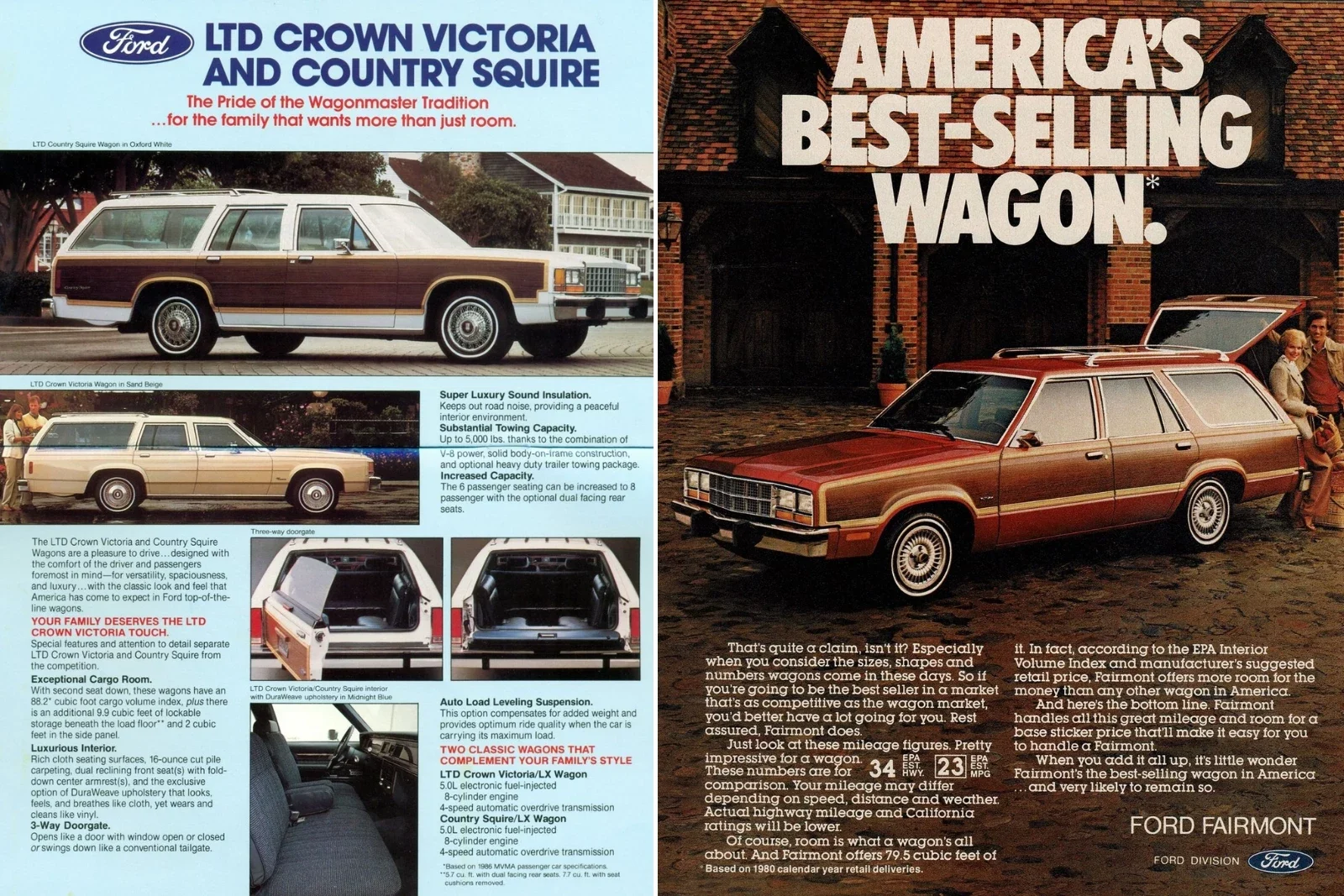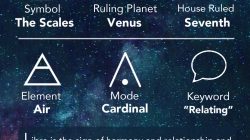The Iconic Cars of the 1980s and Their Cultural Impact
The 1980s were a decade of transformation, not just in music, fashion, or technology, but also in the automotive world. While the 1970s were known for their bold, boat-like designs and flashy advertisements, the 1980s brought a new era of personality, innovation, and pop culture influence. This was the decade where cars became more than just modes of transportation—they became symbols of identity, status, and even cinematic legend.
One of the most significant shifts in the 1980s was the move away from the gas-guzzling vehicles of the previous decade. By this time, the oil crisis had faded into memory, allowing car manufacturers to experiment with more aerodynamic shapes and advanced technology. Designers began to focus on creating vehicles that were both functional and stylish, often incorporating electronic gadgets and turbocharged engines. This shift marked the beginning of a new era in automotive design, one that would shape the industry for years to come.
Pop Culture and the Rise of Iconic Vehicles
The 1980s were also a golden age for movies and television, and these mediums played a crucial role in making certain cars household names. Films and TV shows of the time often featured vehicles that became as memorable as the characters themselves. One such example is the Wagon Queen Family Truckster from National Lampoon’s Vacation. This absurdly oversized station wagon, based on a modified 1979 Ford LTD Country Squire, became an instant classic thanks to its comedic over-the-top design. It was a symbol of family road trips gone wrong, and it remains one of the most recognizable cars from the decade.
Another unforgettable vehicle from the 1980s was Jake Ryan’s sleek red Porsche 944 from Sixteen Candles. This car made a dramatic entrance in one of the film’s most iconic scenes, showcasing the growing trend of high-performance sports cars. The Porsche 944 was not only a visual standout but also represented the increasing desire for style and speed among young drivers.
The Influence of Media and Advertising
As the decade progressed, automakers began to take note of the cultural impact of their vehicles. Advertisements became more creative and engaging, often featuring popular music, celebrities, and even fictional characters. This strategy helped to build emotional connections between consumers and the cars they drove.
The Ford Taurus, introduced in the late 1980s, was a prime example of this trend. With its futuristic design and emphasis on comfort, the Taurus appealed to a wide range of drivers. Many people who grew up in the 1980s and 1990s learned to drive in a Taurus, making it a nostalgic symbol of the era.
The Allure of Red and the Power of Imagination
Red was undoubtedly the color of the 1980s. From sports cars to sedans, red seemed to dominate the roads, capturing the attention of drivers and passersby alike. The Ferrari 308 GTS, famously driven by Tom Selleck’s character Magnum P.I., was one of the most desirable red cars of the decade. Its sleek design and association with the suave, adventurous character made it a dream car for many.
Magnum P.I.’s red Ferrari wasn’t just a car—it was a lifestyle. It represented freedom, adventure, and the allure of a tropical paradise. Even today, the image of a red Ferrari speeding down a Hawaiian highway remains one of the most enduring visuals of the 1980s.
A Decade of Innovation and Style
The 1980s were a time of experimentation and evolution in the automotive world. From boxy designs to turbocharged engines, from pop culture icons to sleek sports cars, the decade left an indelible mark on the industry. Whether it was through movies, television, or advertising, cars became more than just machines—they became part of the cultural fabric of the time.
As we look back at the 1980s, it’s clear that the cars of this era were more than just transportation. They were symbols of a generation that embraced change, innovation, and style. And while the decade may have come and gone, the legacy of its iconic vehicles continues to inspire drivers and car enthusiasts around the world.







